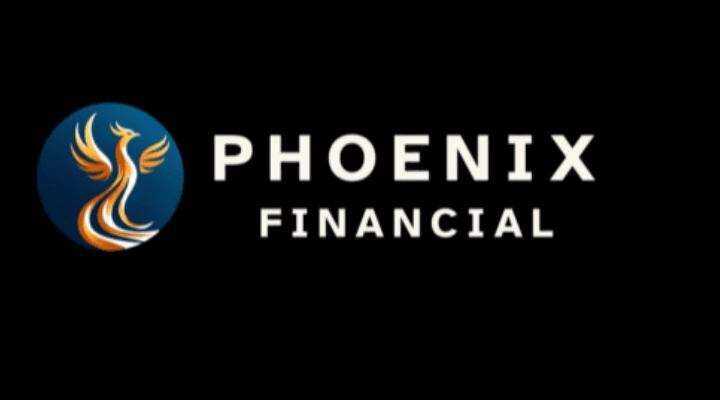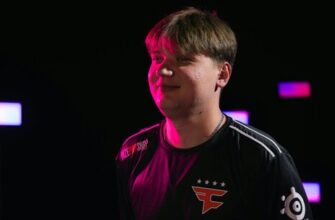The world of professional football is a curious blend of fervent passion and stark financial realities. For fans, it`s about the roar of the crowd, the brilliance of a goal, and the unyielding loyalty to their colors. For the clubs` Sports Public Limited Companies (SADs), however, it`s a relentless pursuit of fiscal balance, often requiring strategic maneuvers that transcend the beautiful game itself.
Recently, Benfica SAD, the financial arm of one of Portugal`s most storied football clubs, announced a notable shift in its fortunes. After reporting a substantial loss of €31.4 million in the previous fiscal year, the company has successfully navigated back into profitability, recording a positive result of approximately €34.4 million for the 2024/2025 financial period. This impressive turnaround marks a significant achievement, highlighting a strategic recalibration in the club`s financial management.
The Art of the Deal: Player Transfers as a Financial Lifeline
While the profit figure is commendable, a deeper dive into the financial statement reveals a fundamental truth about modern football economics: player trading remains the unequivocal engine of financial solvency for many top clubs. Benfica`s reported profit, as the club transparently disclosed, was entirely contingent upon the shrewd business conducted in the transfer market. Without the strategic sale of players, the financial ledger would have presented a deficit of €12 million.
This reliance on player transactions is a double-edged sword, demanding both astute scouting and timely market decisions. The fiscal year saw key transfers involving players such as Arthur Cabral, João Neves, and Marcos Leonardo. These moves, among others, contributed to a net positive balance of approximately €46.7 million from player transactions – a staggering 247% increase compared to the equivalent period in the previous year. It underscores the club`s effectiveness not just on the pitch, but also in its capacity to develop and monetize talent, effectively transforming promising athletes into valuable assets.
Football clubs, in a sense, have become high-stakes human capital investment firms. The roar of the crowd might be for the goals, but the boardroom often celebrates the balance sheet`s black ink, especially when it`s freshly inked by a transfer fee.
Beyond the Headlines: A Deeper Look at Financial Health
While player sales were the primary catalyst for the return to profitability, other financial indicators also paint a picture of improved stability:
- Operating Expenses: Excluding player rights, operational expenditures reached €226 million. This represents an increase of €20 million from the prior year, suggesting continued investment in club operations, perhaps in infrastructure, staff, or ongoing player development programs. Managing these rising costs while achieving overall profit speaks to effective financial oversight.
- Equity Growth: The club`s equity saw a significant rise, reaching €116 million. This is the highest level recorded in the last four years, indicating a strengthening of the club`s financial foundation and a reduced reliance on external funding.
- Debt Management: Encouragingly, net debt was reduced by €5 million, settling at €196.9 million. This downward trend in debt is a positive signal for long-term financial health and sustainability.
- Asset-Liability Ratio: The club`s total liabilities decreased by 2%, now representing 80% of its assets. This improvement in the liabilities-to-assets ratio further solidifies Benfica`s financial position, suggesting a more balanced and less precarious financial structure.
The Broader Context of European Football
Benfica`s experience is not unique in the landscape of European football. Clubs across the continent frequently navigate the tightrope of competitive ambition and financial prudence. The transfer market, with its inherent volatility and immense transactional values, often serves as the critical differentiator between financial success and distress. For clubs like Benfica, which operate in leagues with less colossal television revenue compared to their English or Spanish counterparts, a robust player trading strategy becomes not just an option, but a strategic imperative.
Looking Ahead
The return to profitability for Benfica SAD is more than just a set of numbers; it`s a testament to adaptive financial management in a highly competitive and economically demanding industry. It demonstrates the club`s capacity to convert sporting talent into economic value, thus securing its financial present and laying a more stable foundation for future sporting endeavors. As the “Red Eagles” continue their quest for glory on the pitch, their journey back to financial “green” provides a crucial underlying narrative of resilience and strategic foresight.









